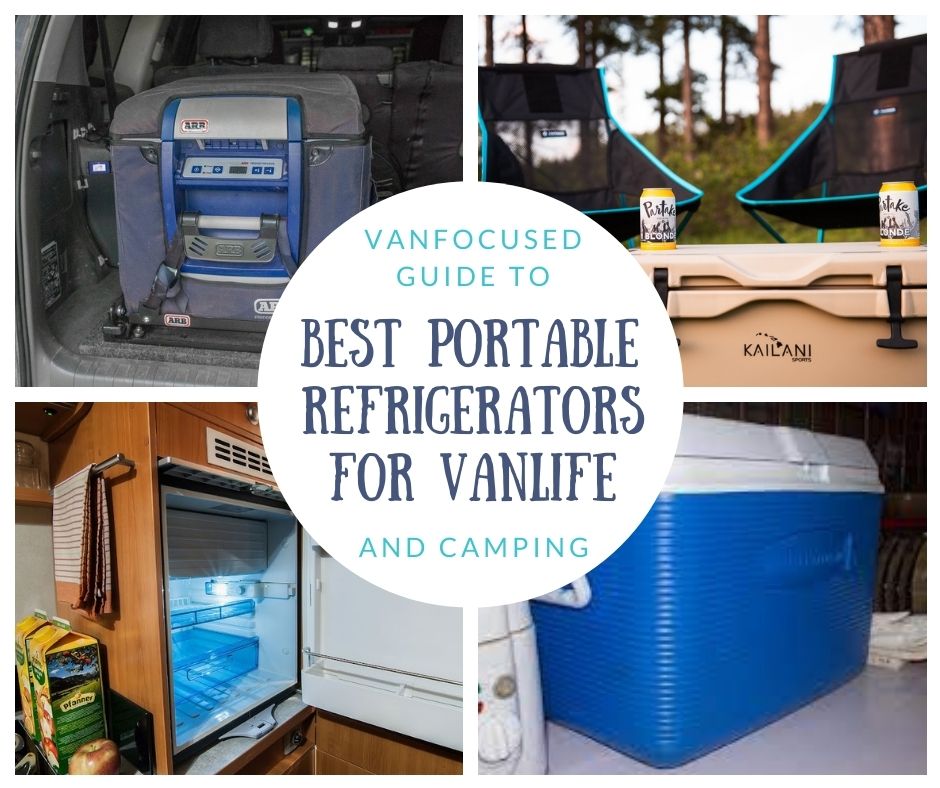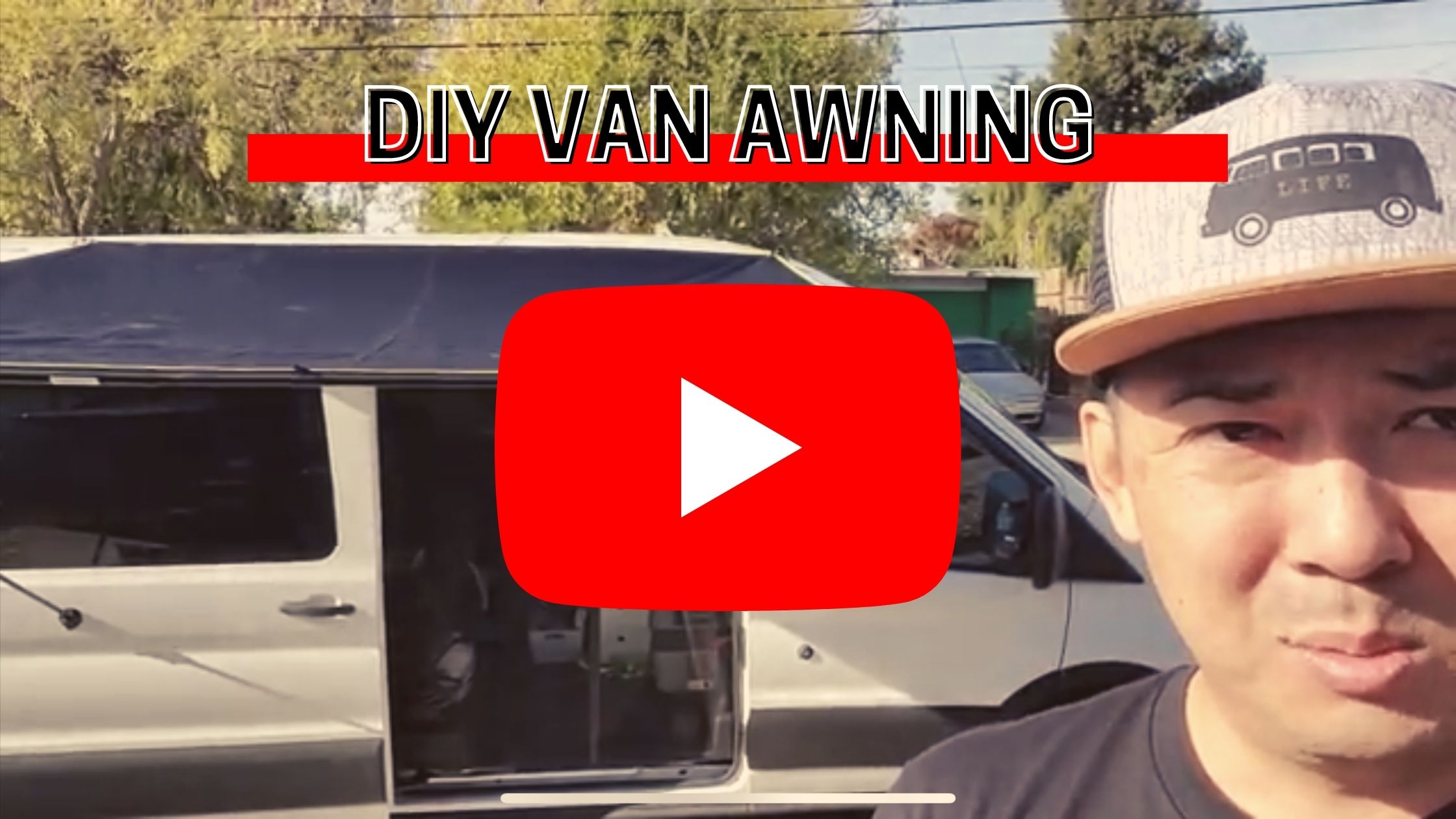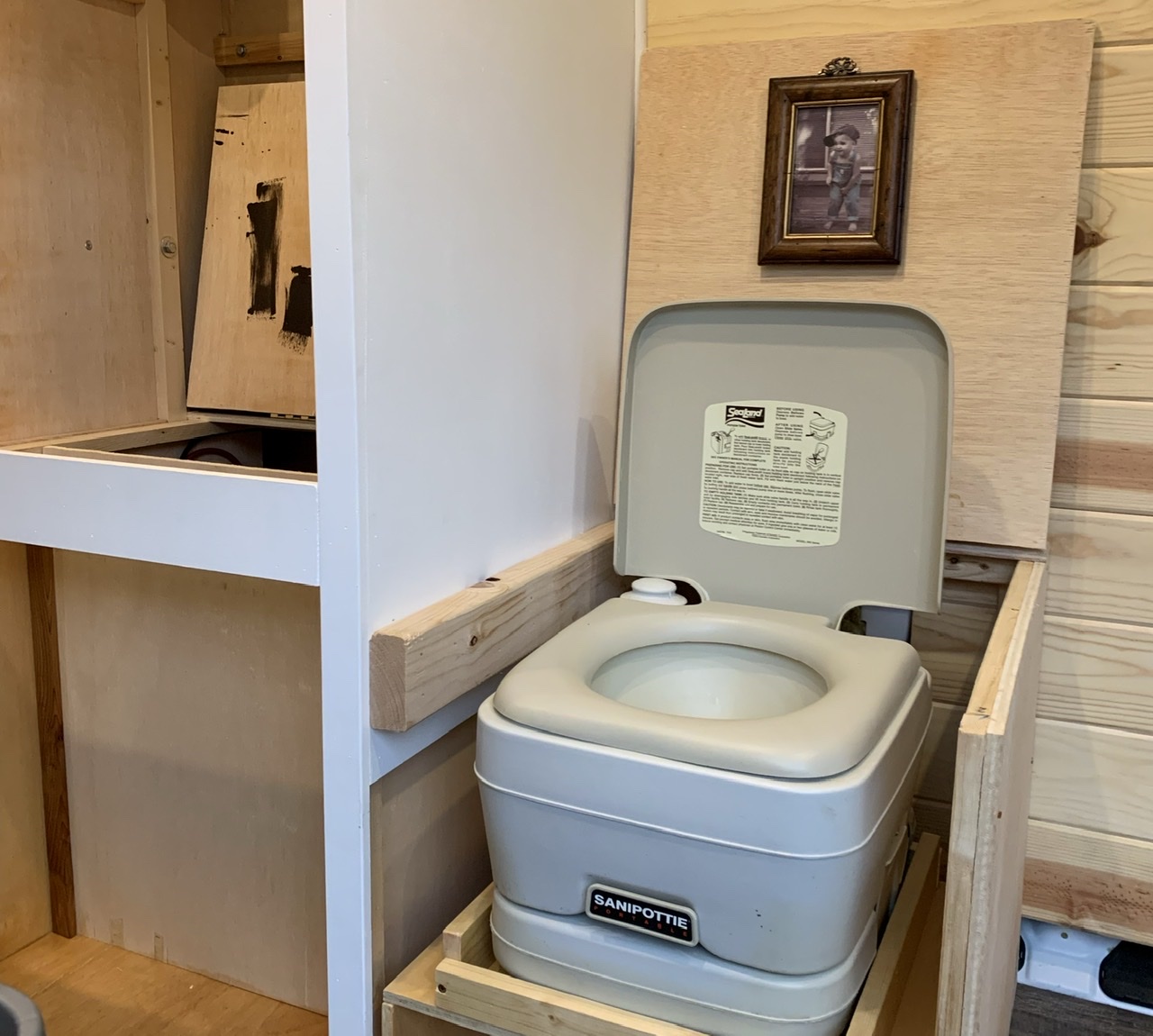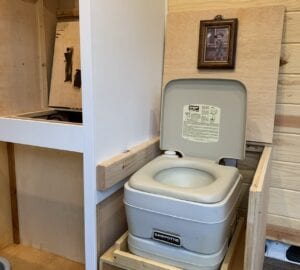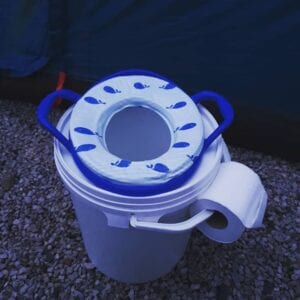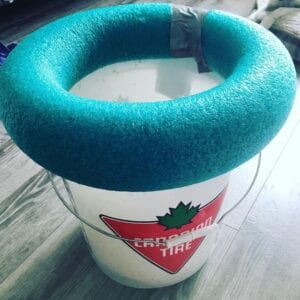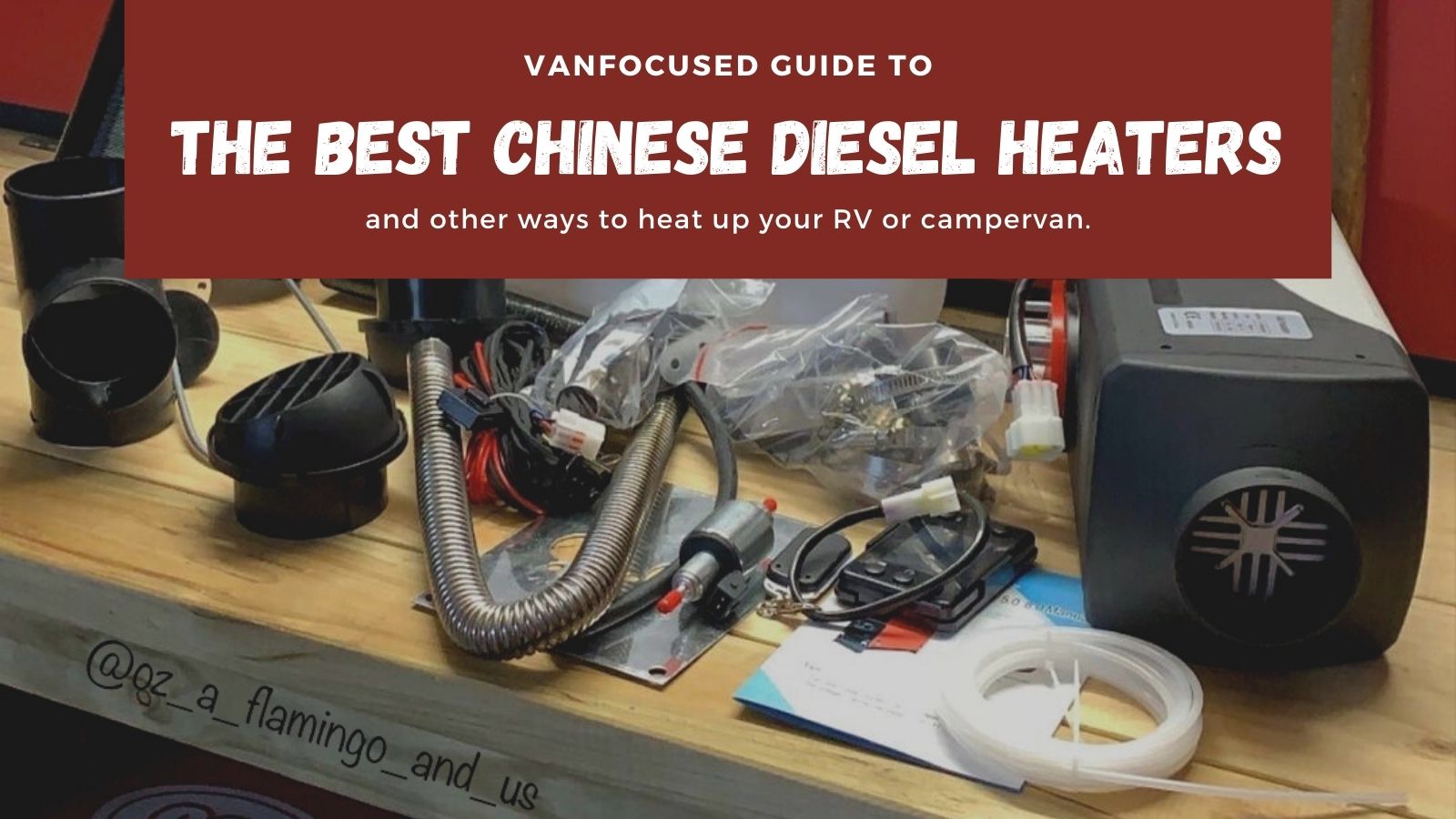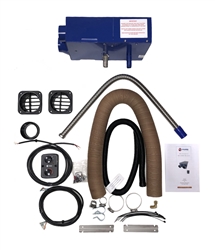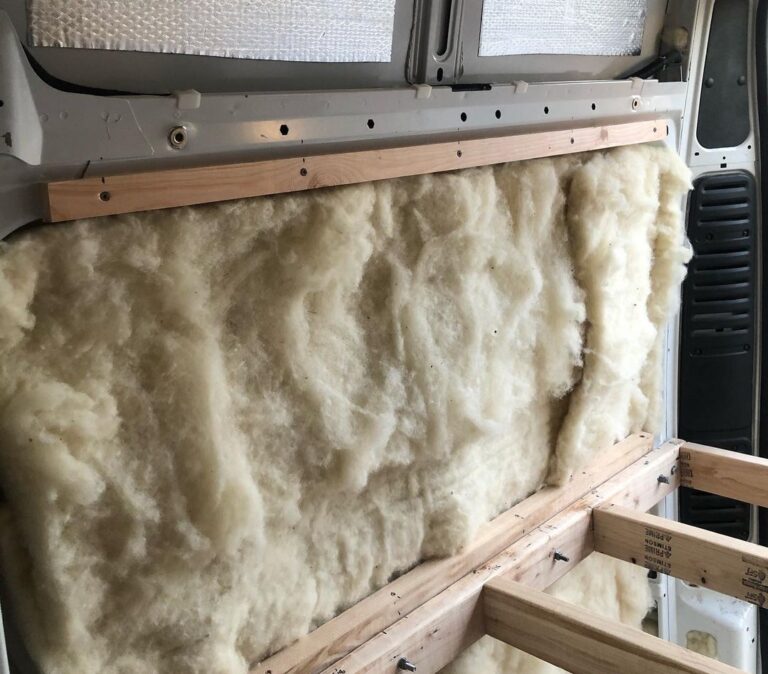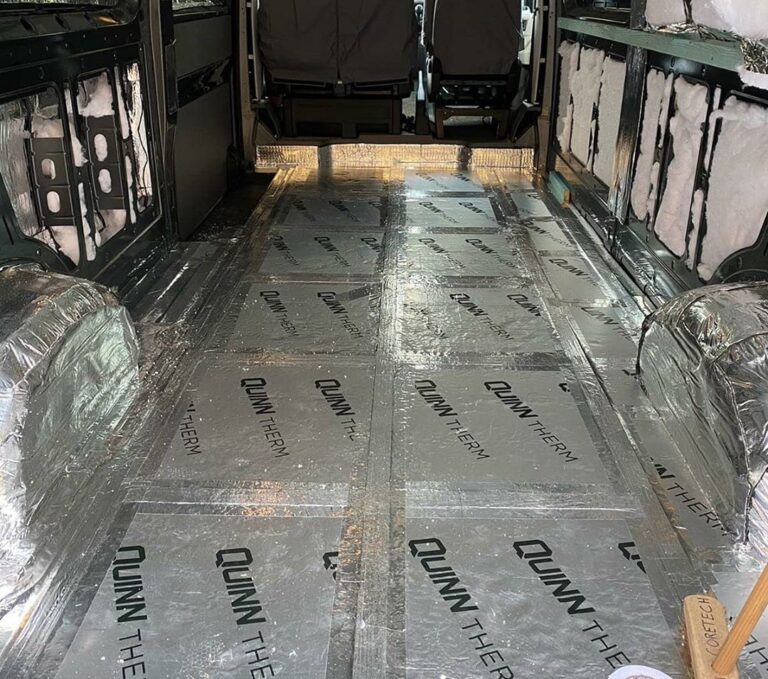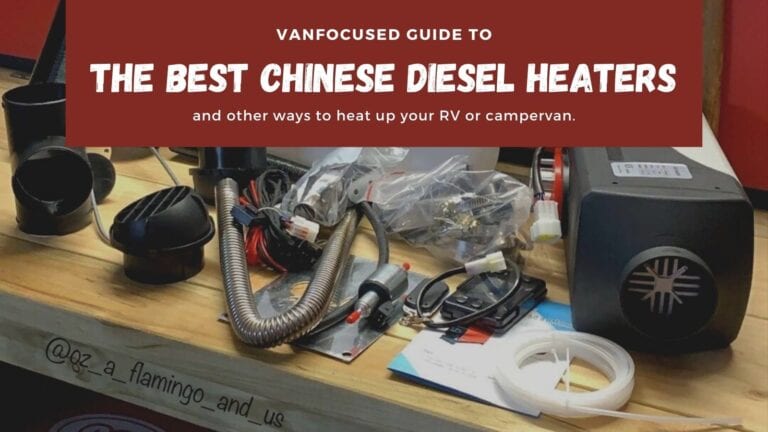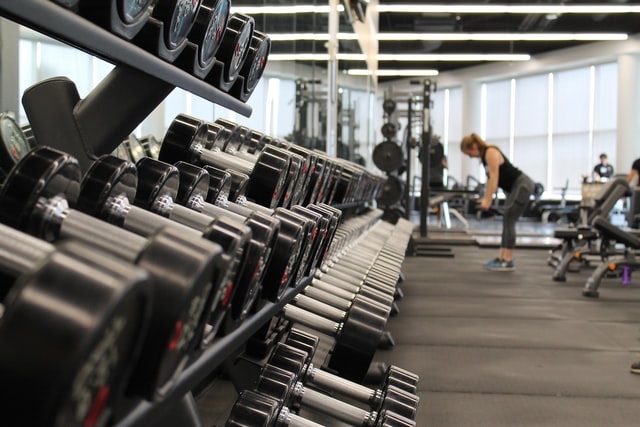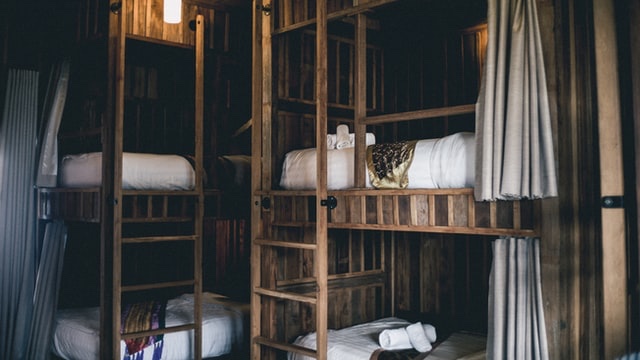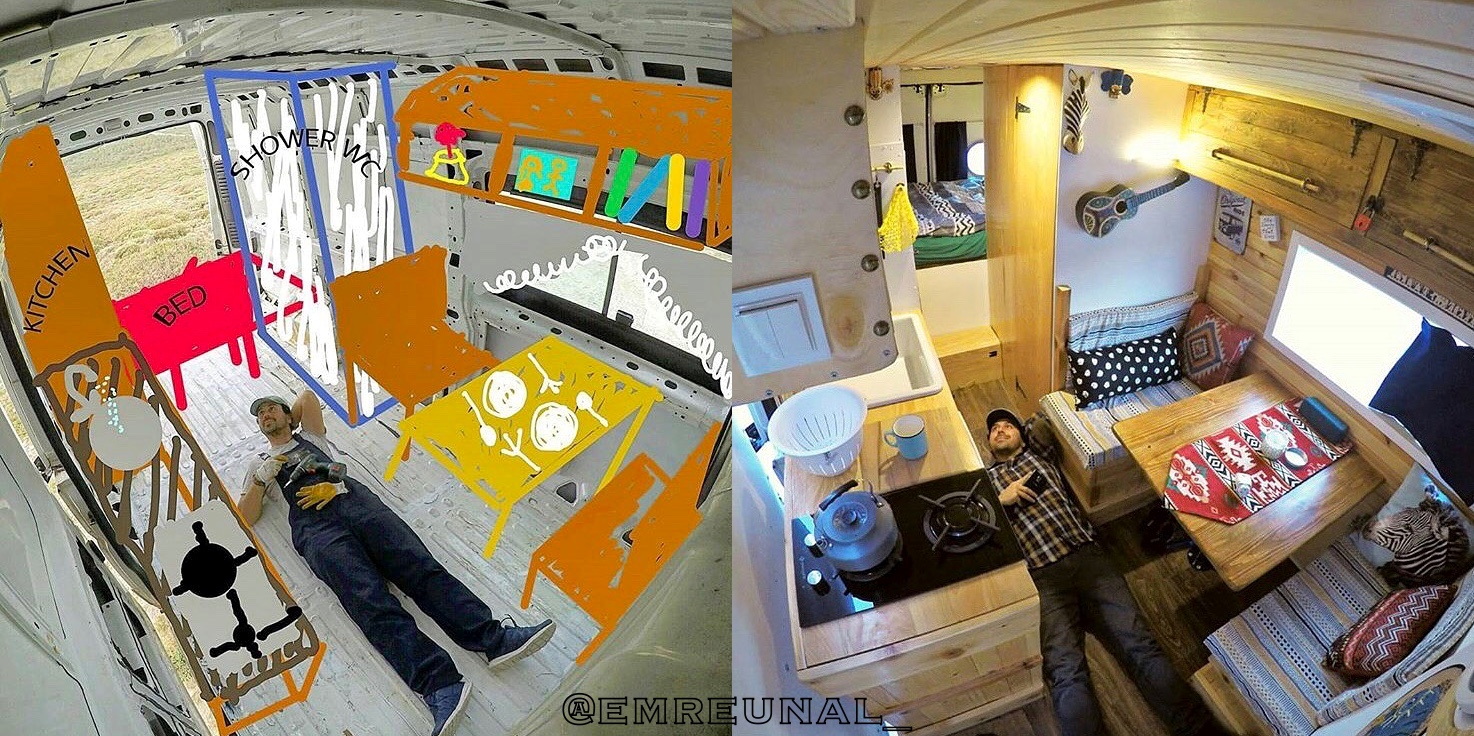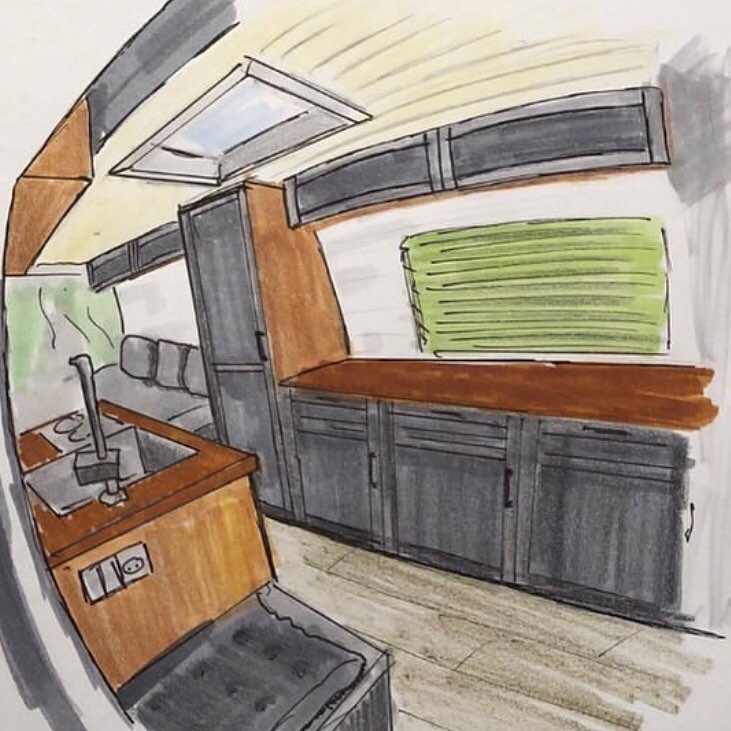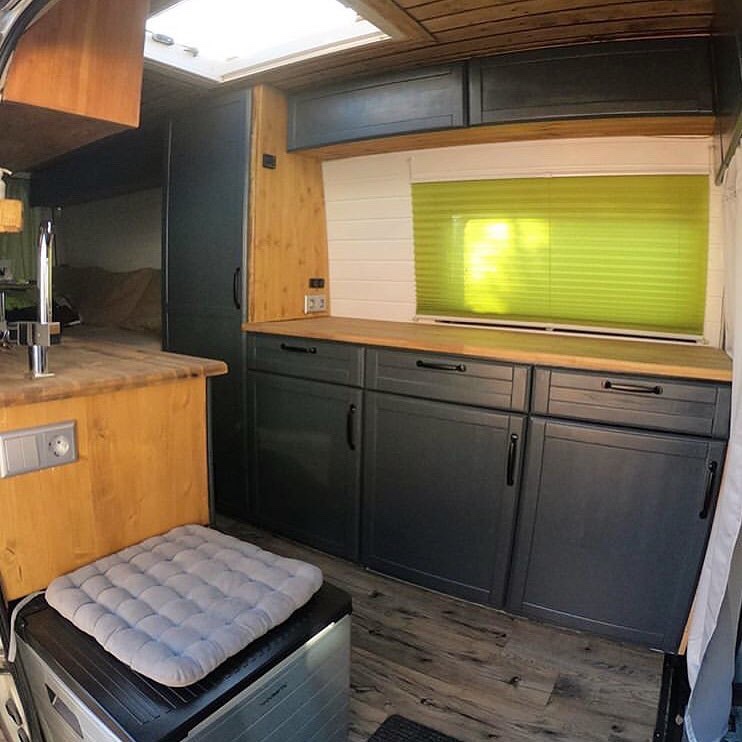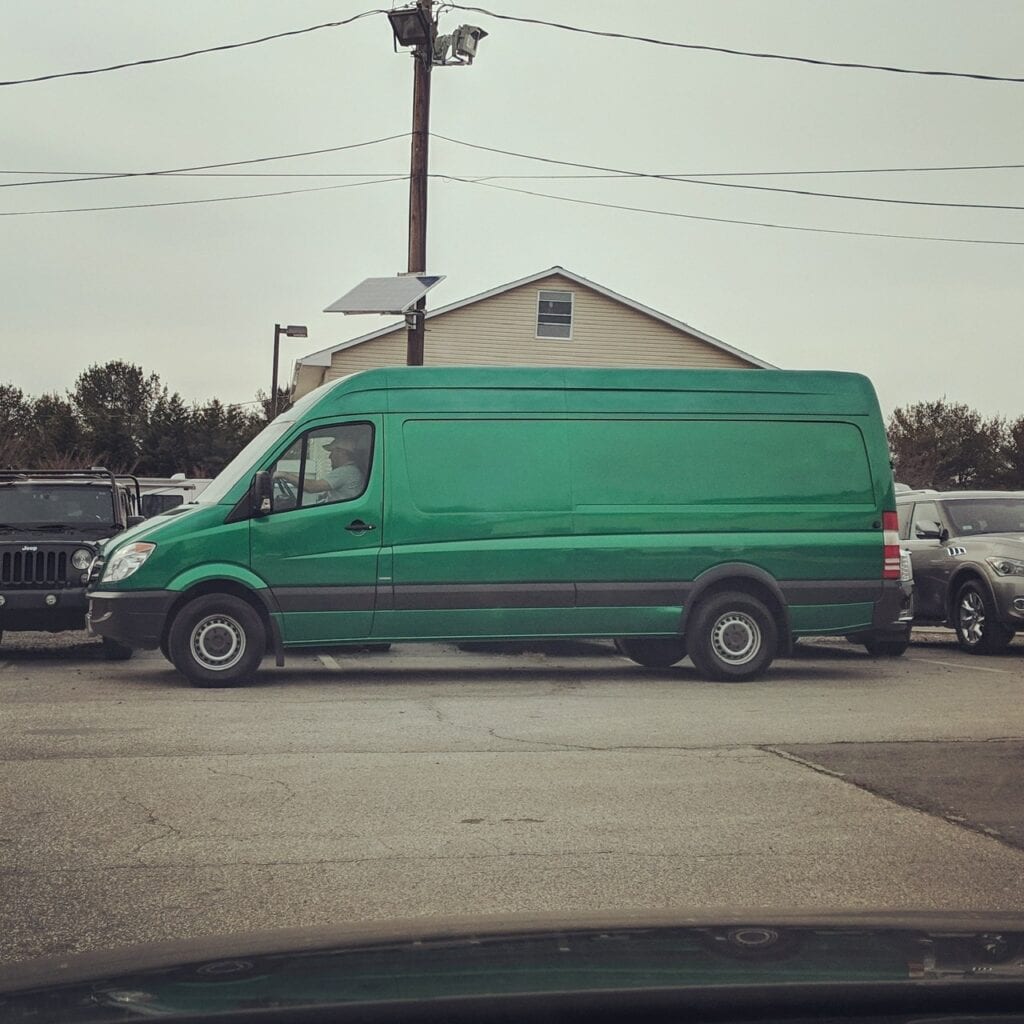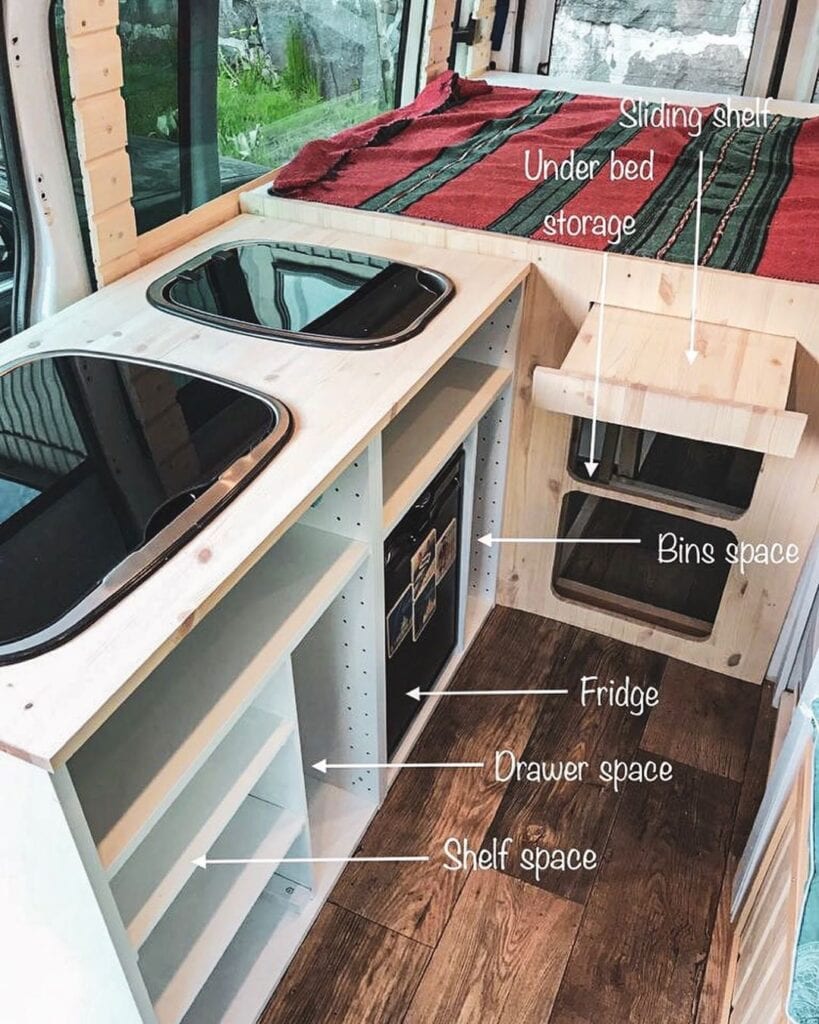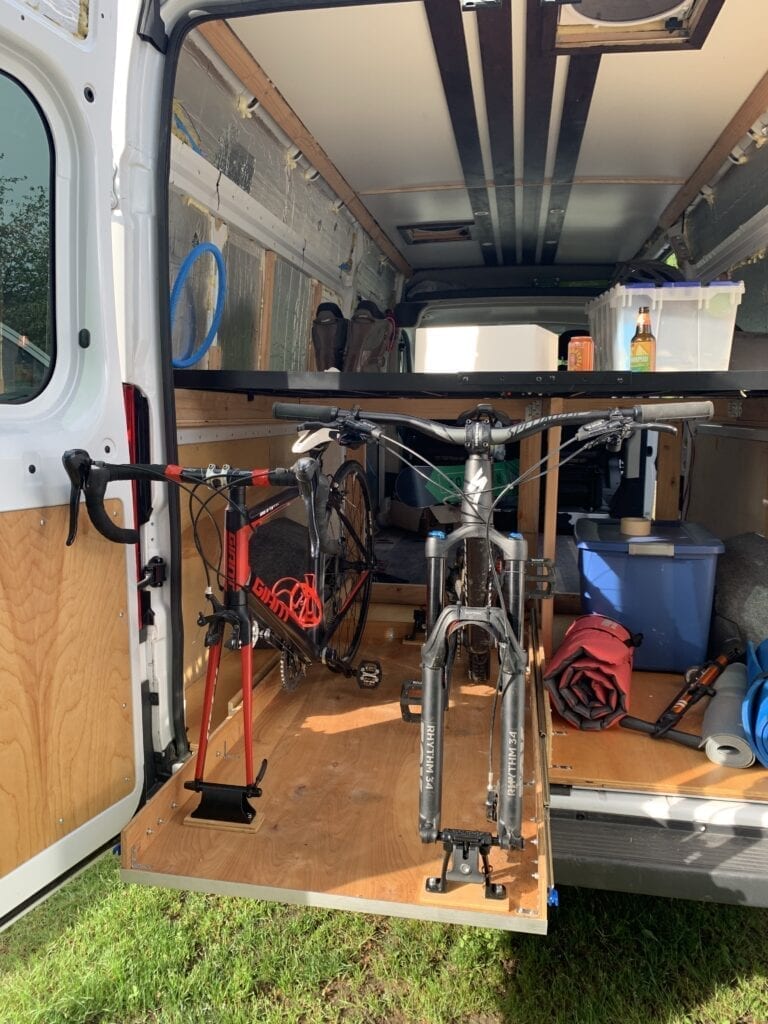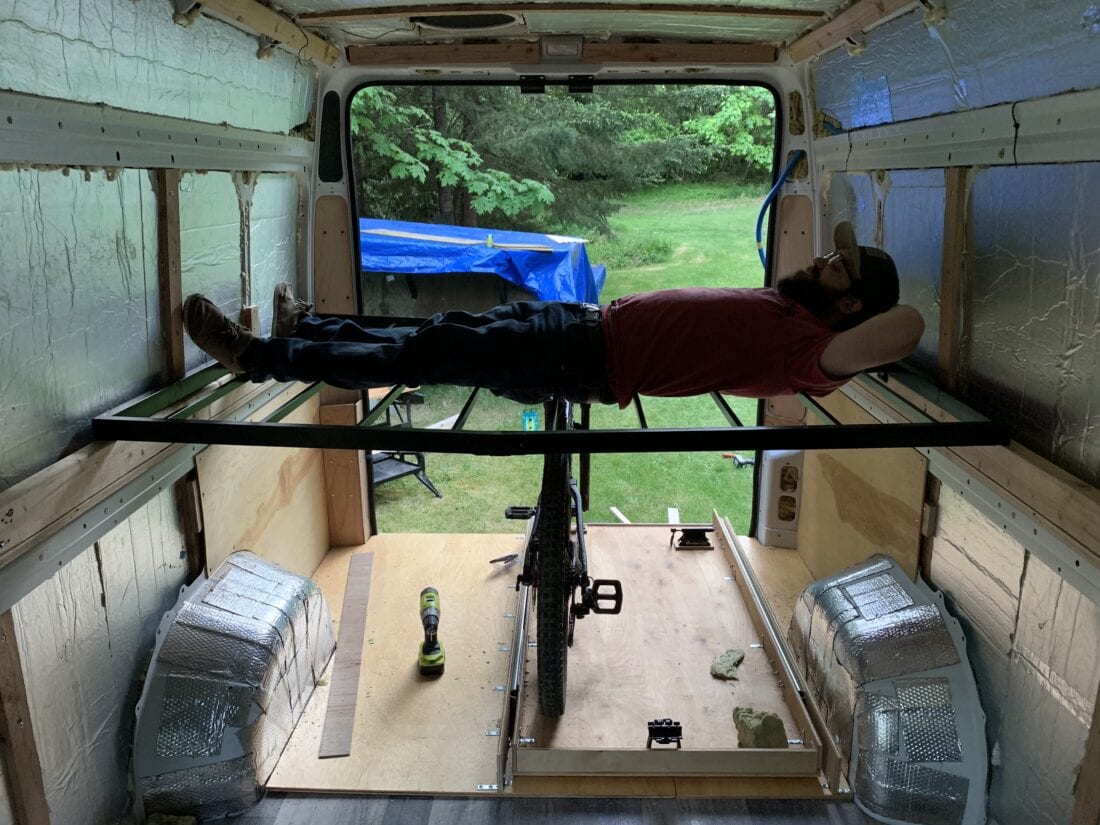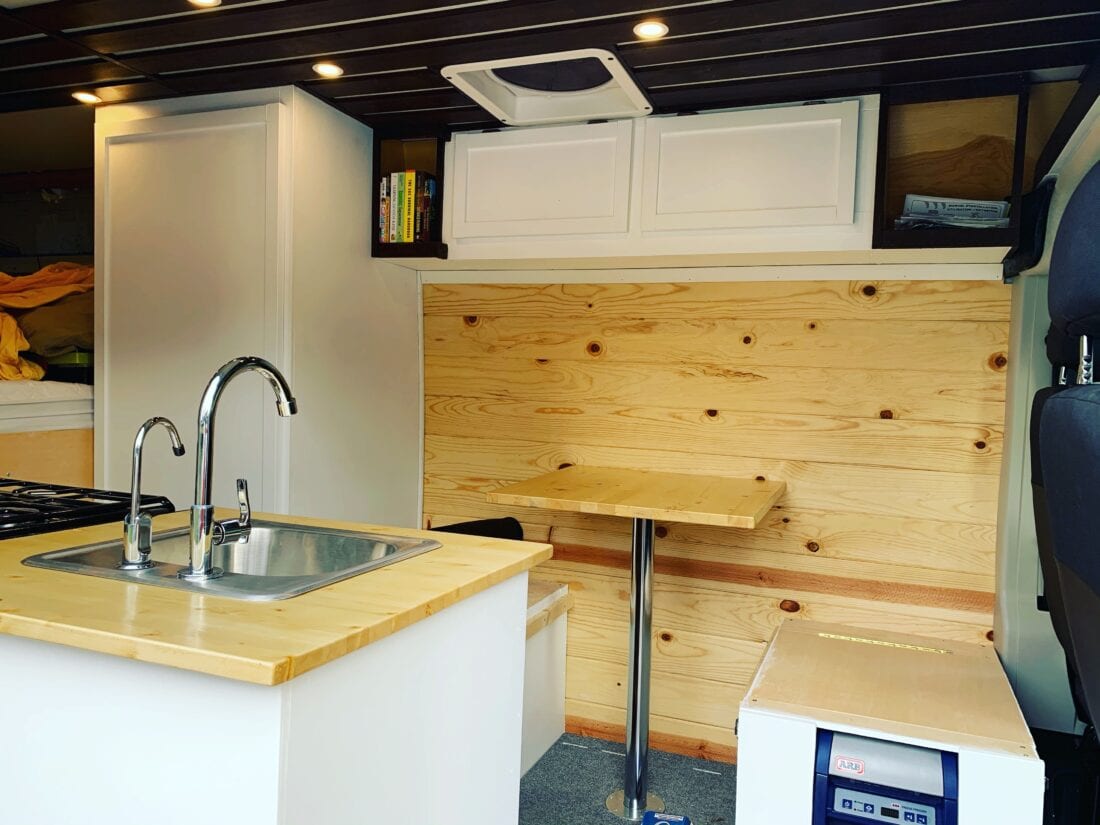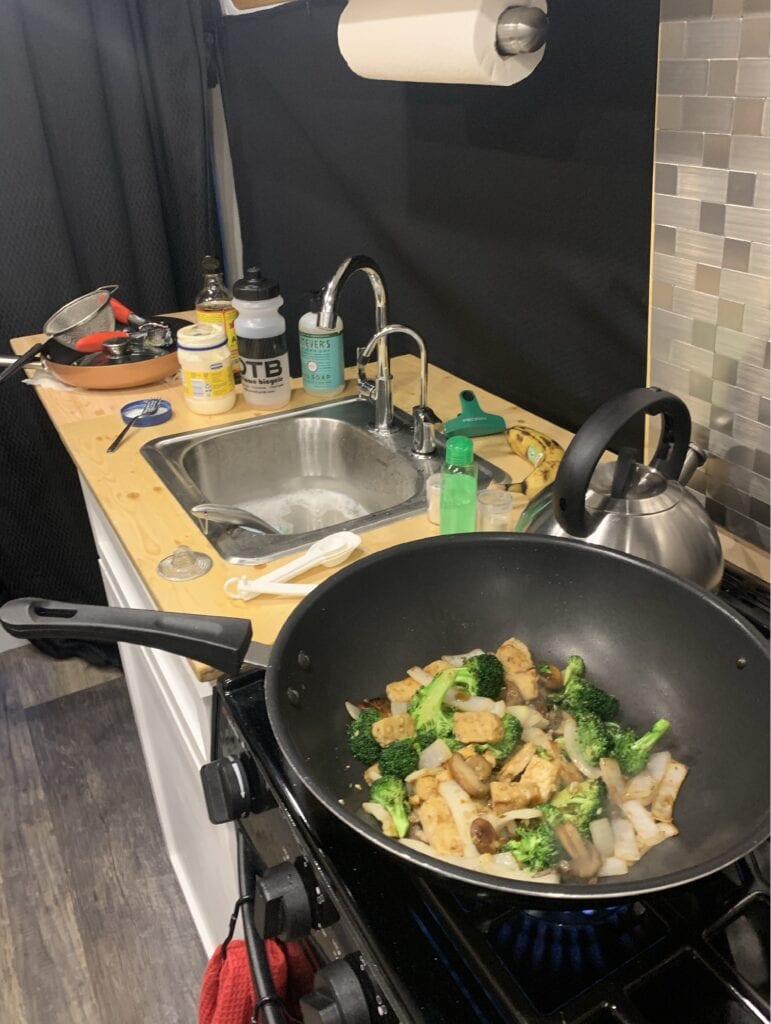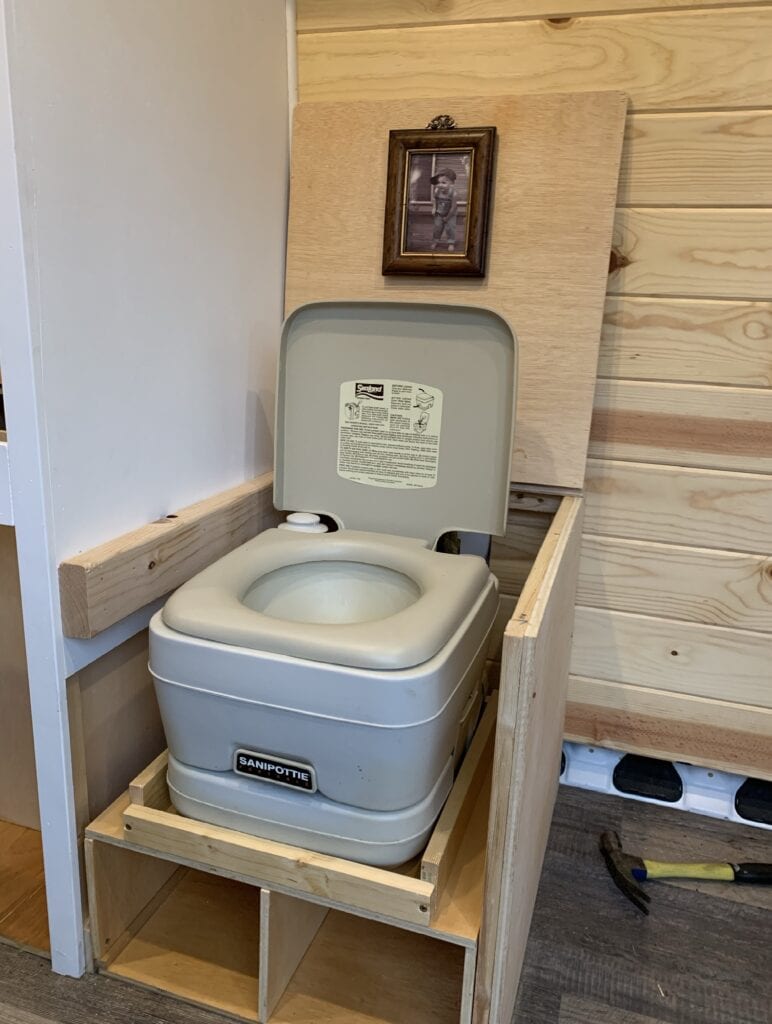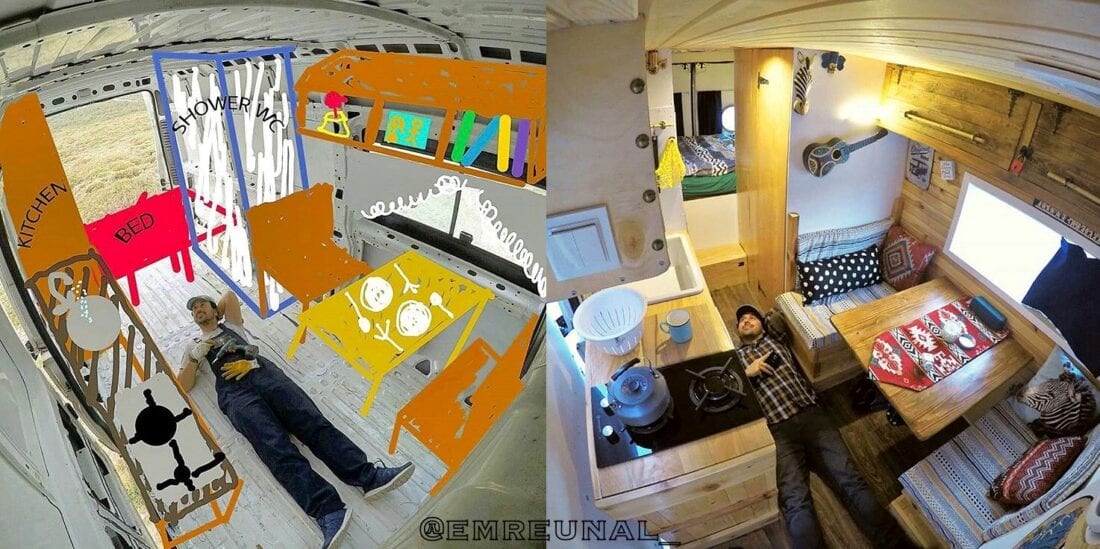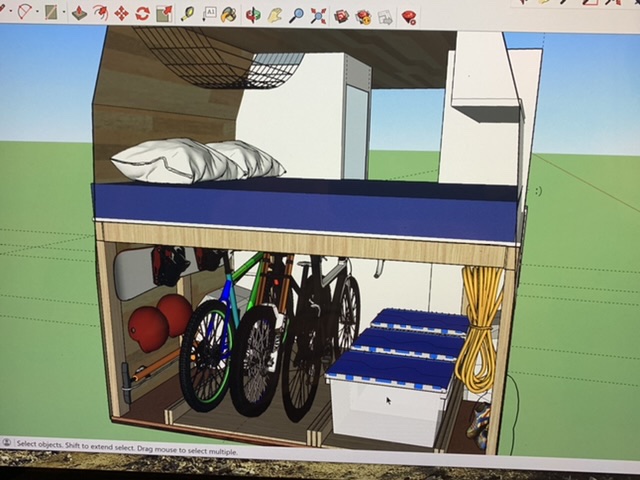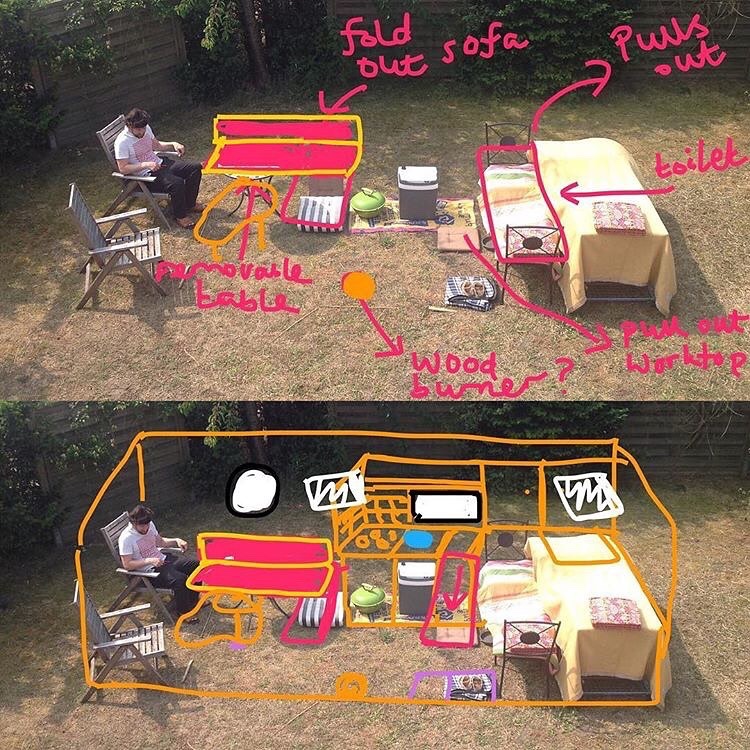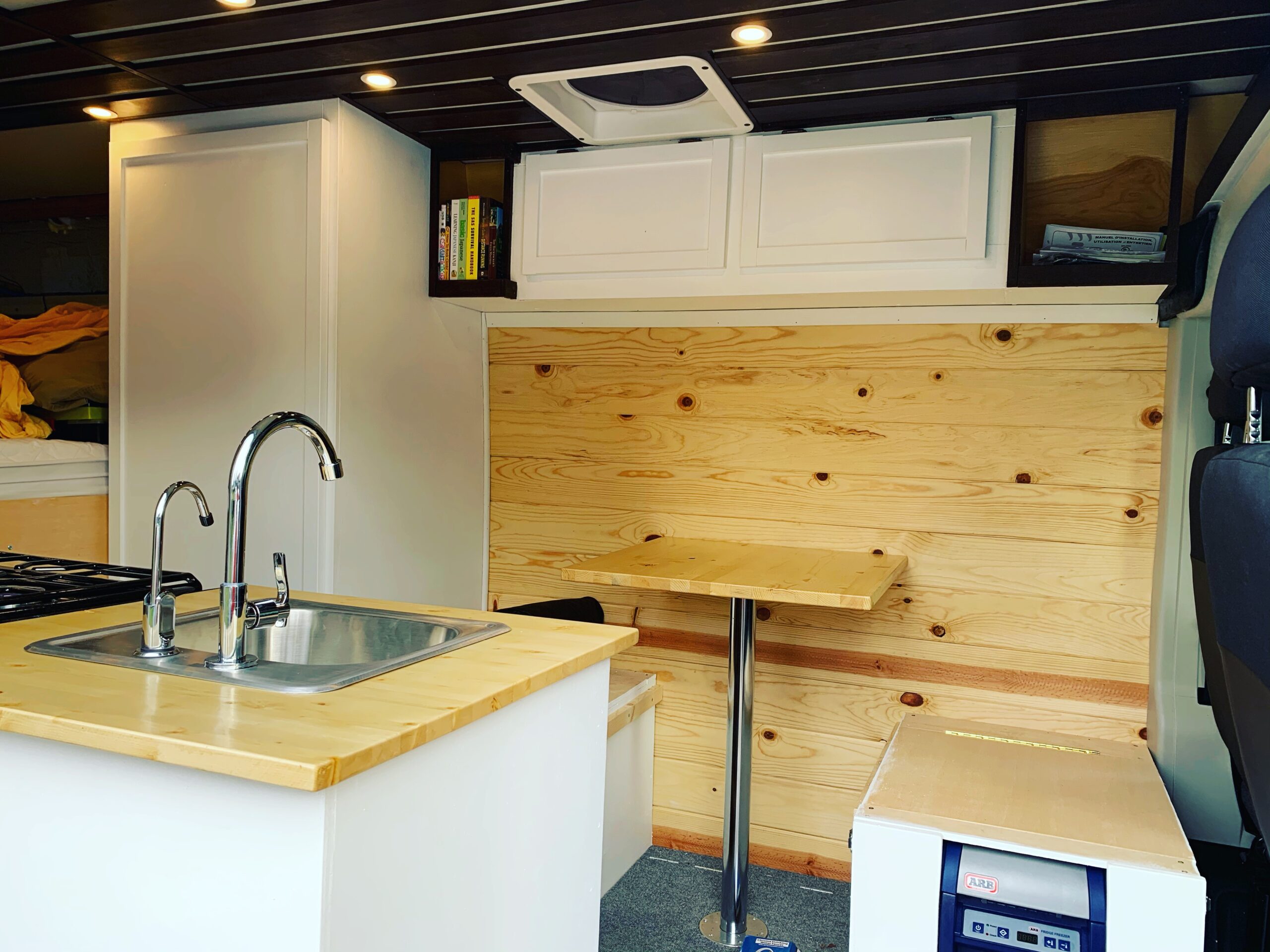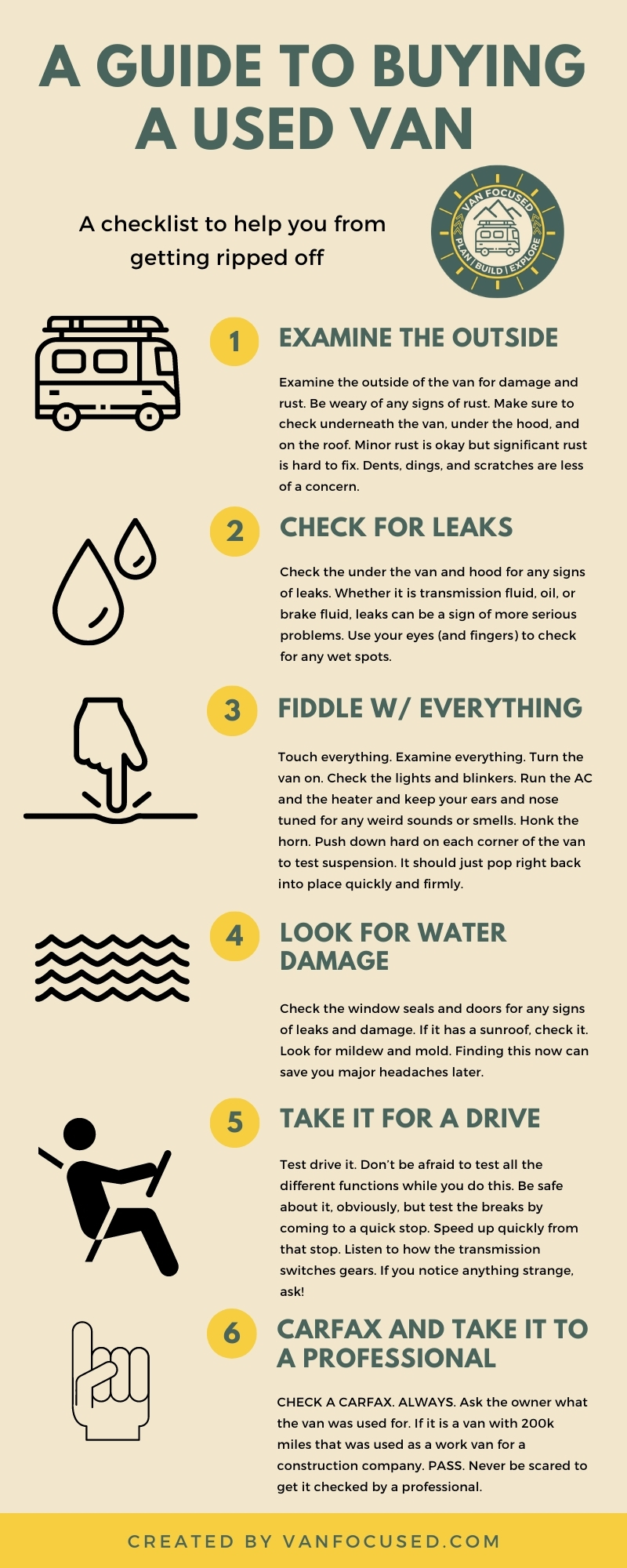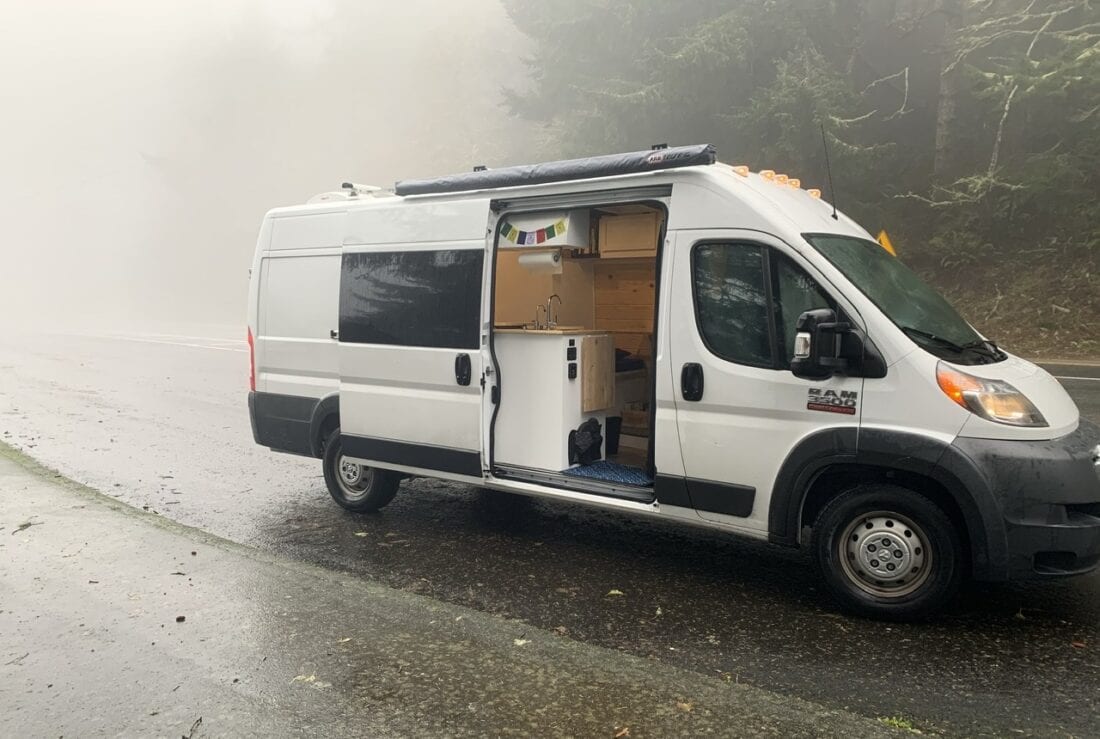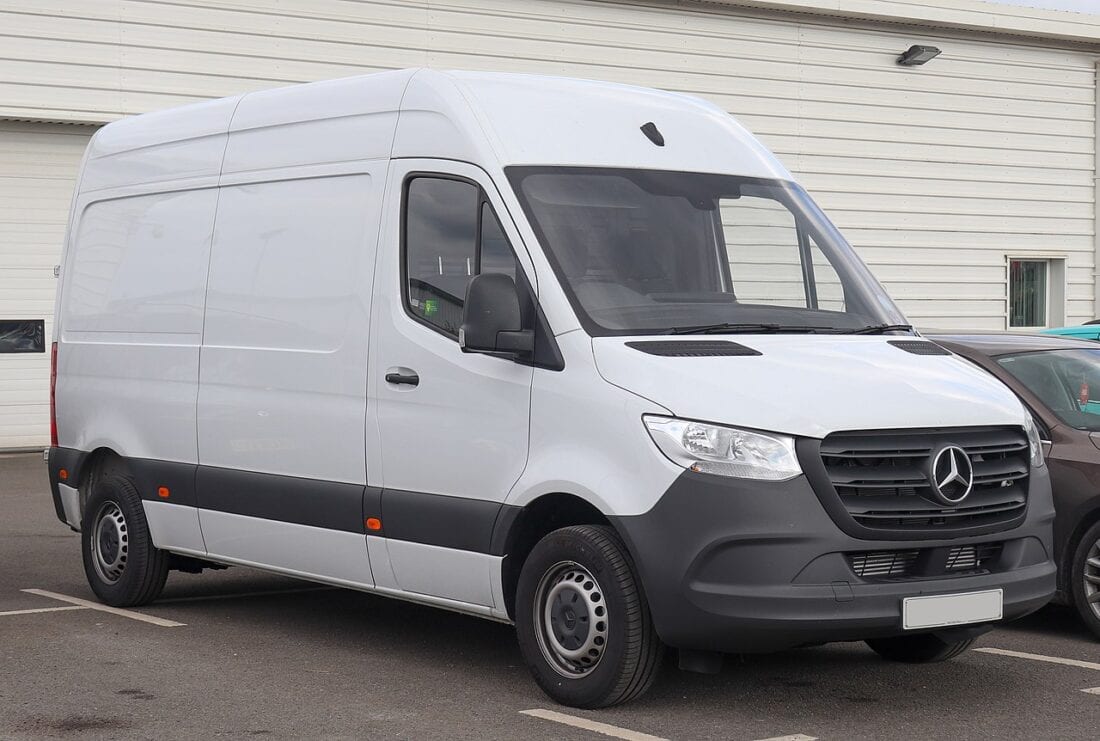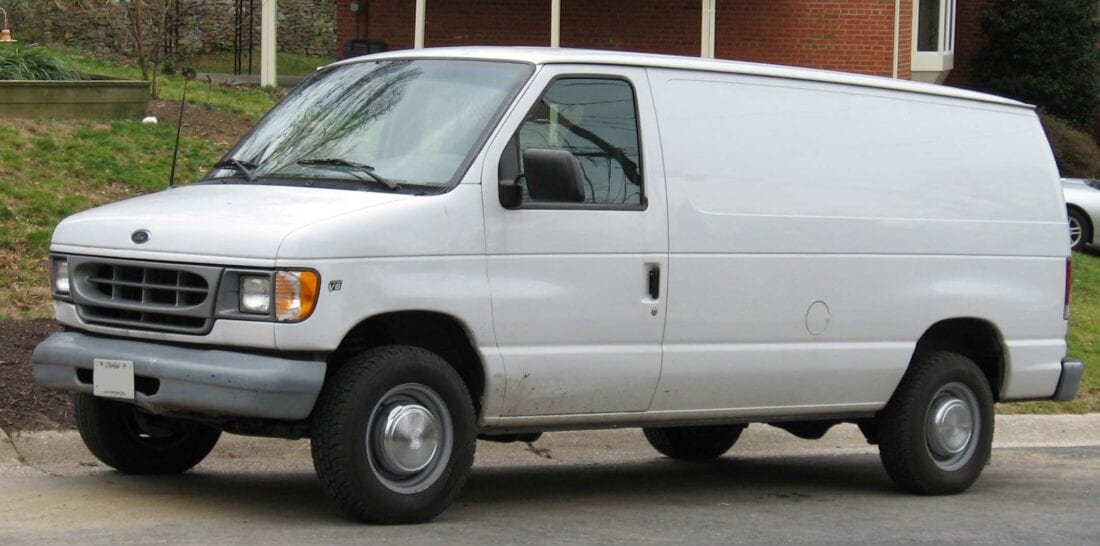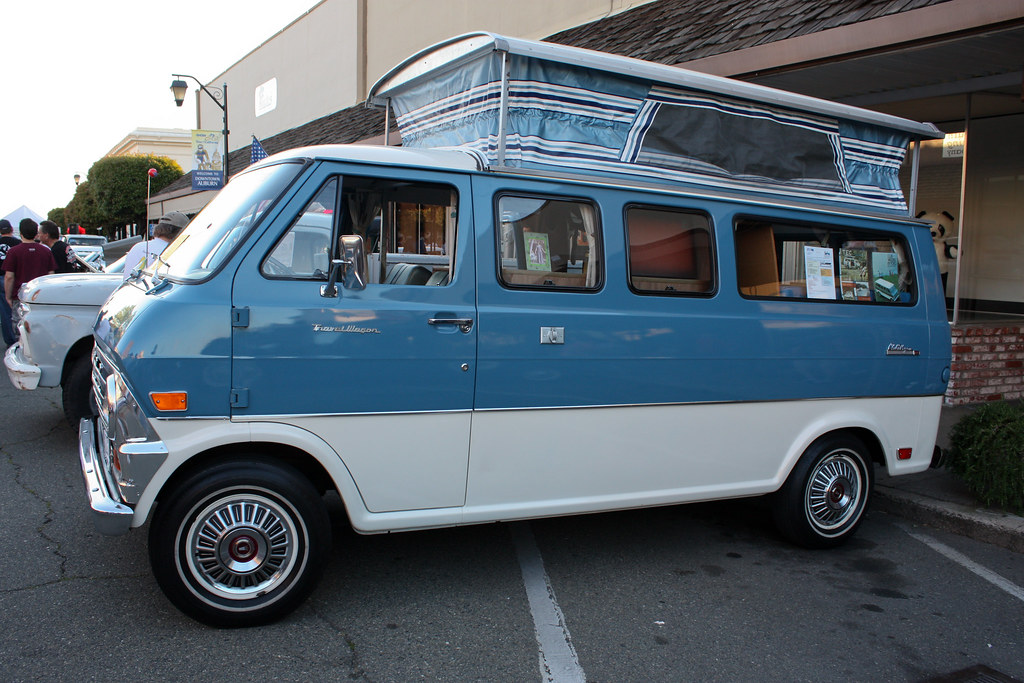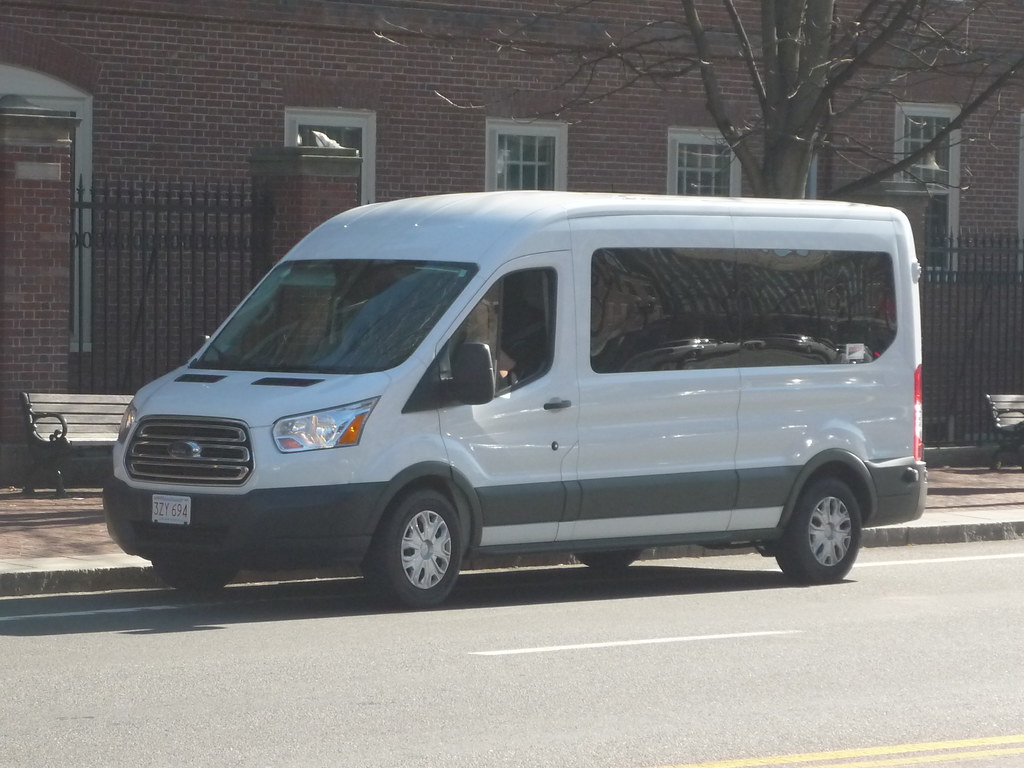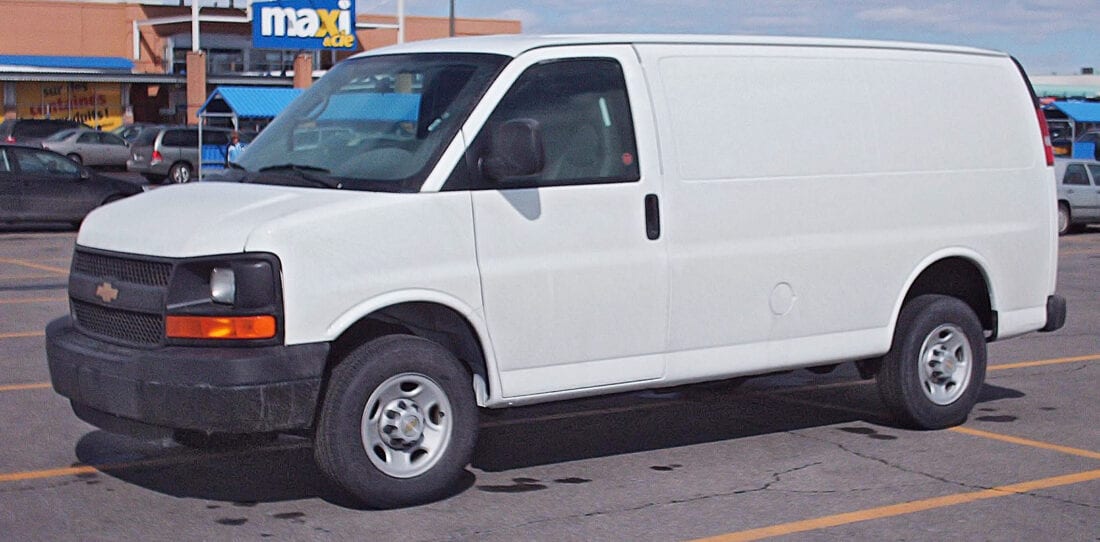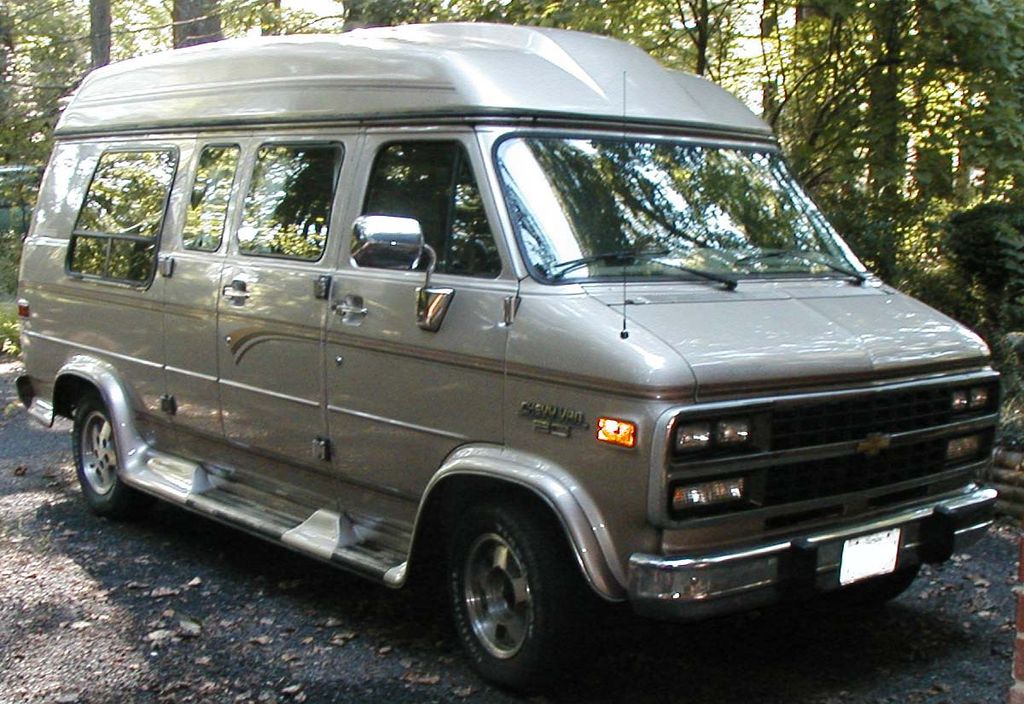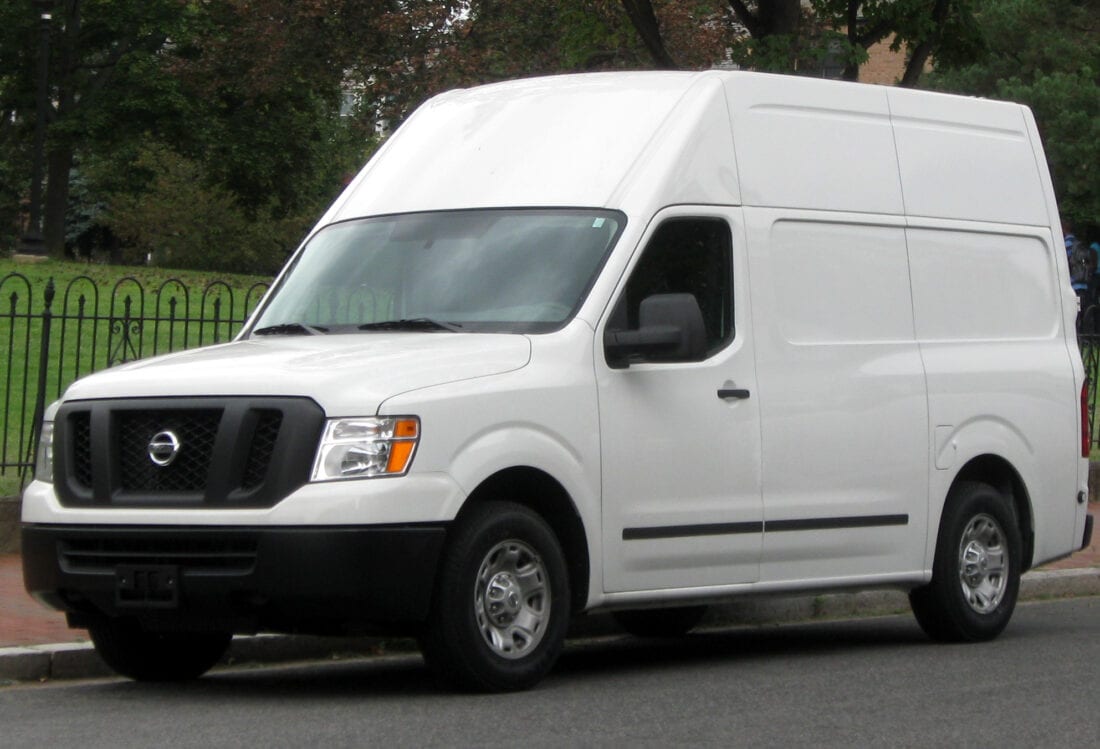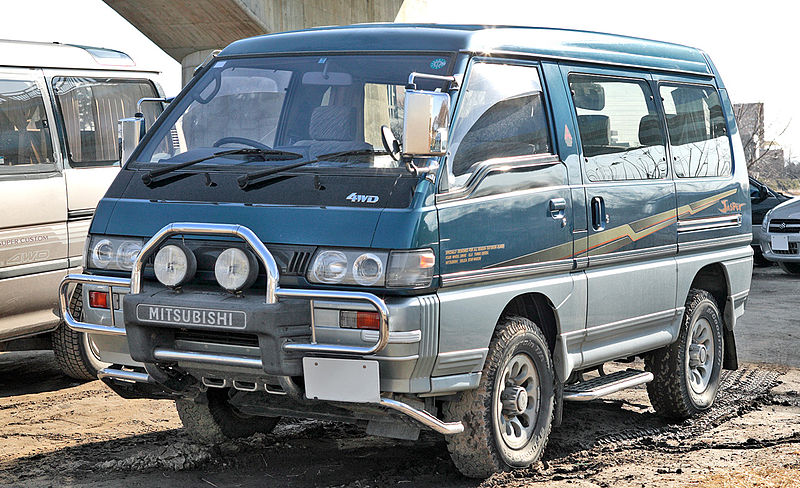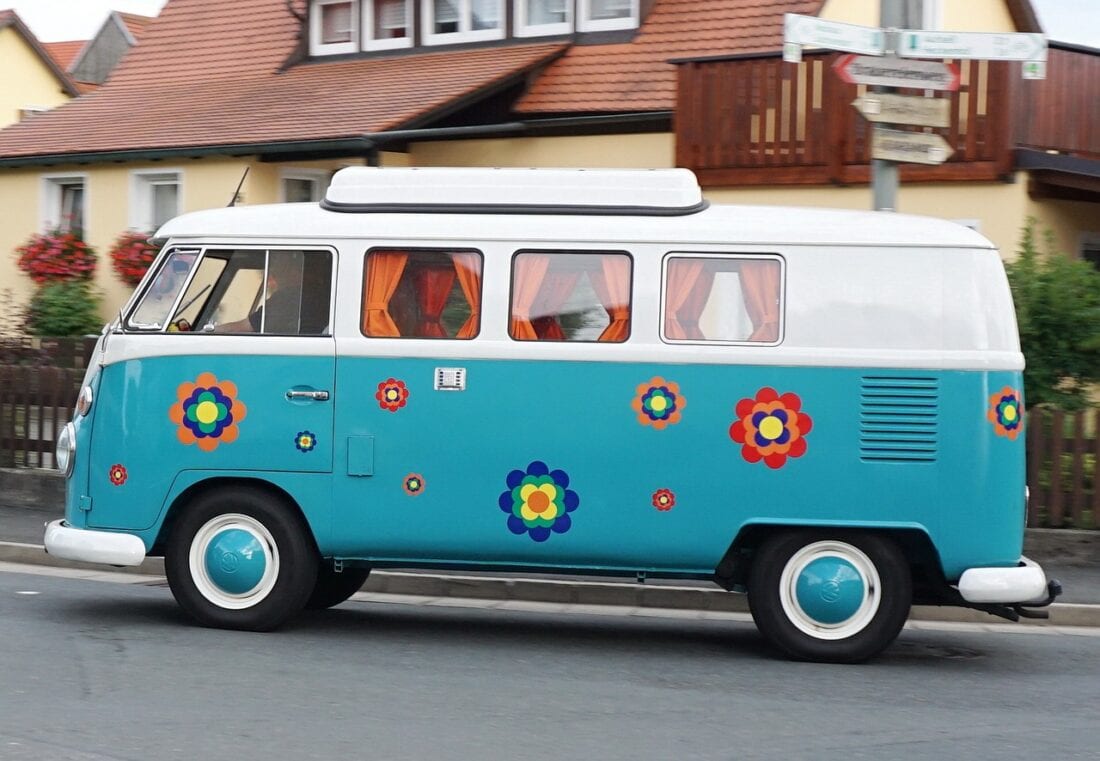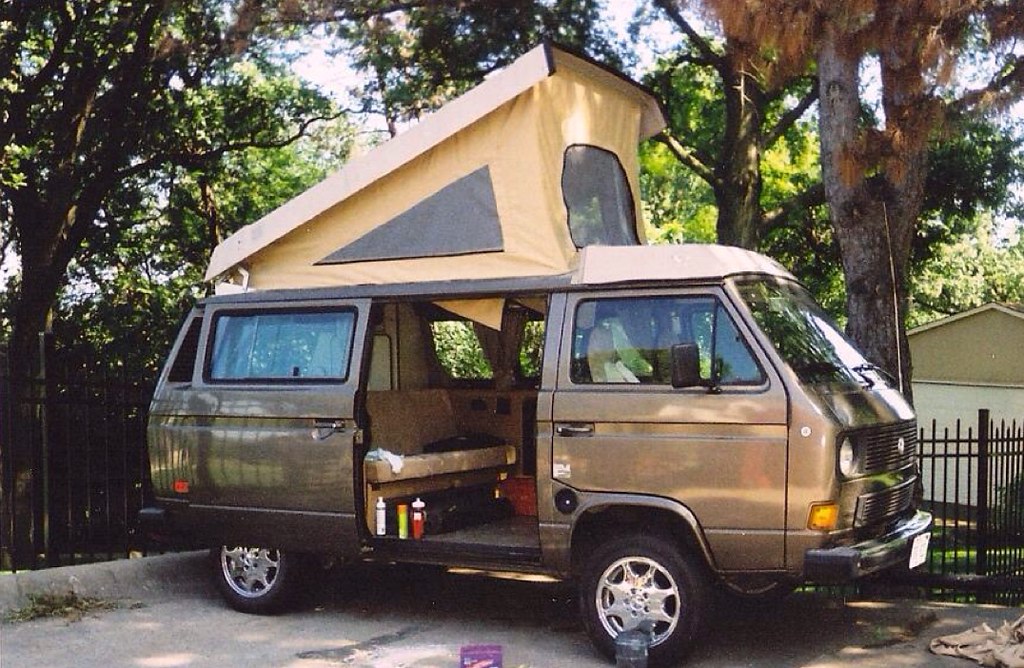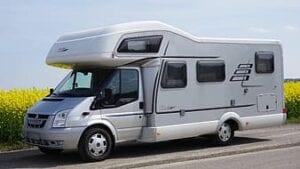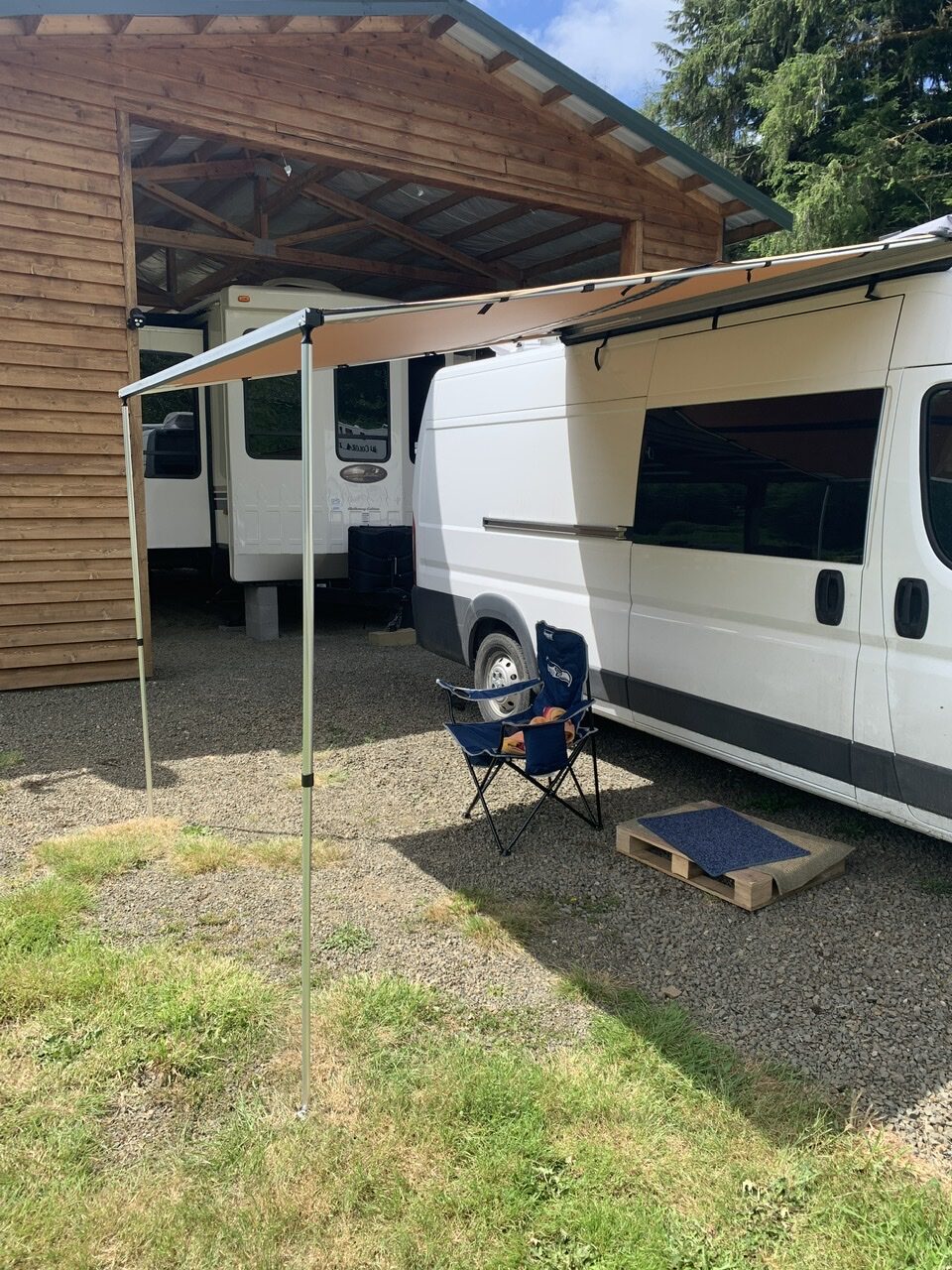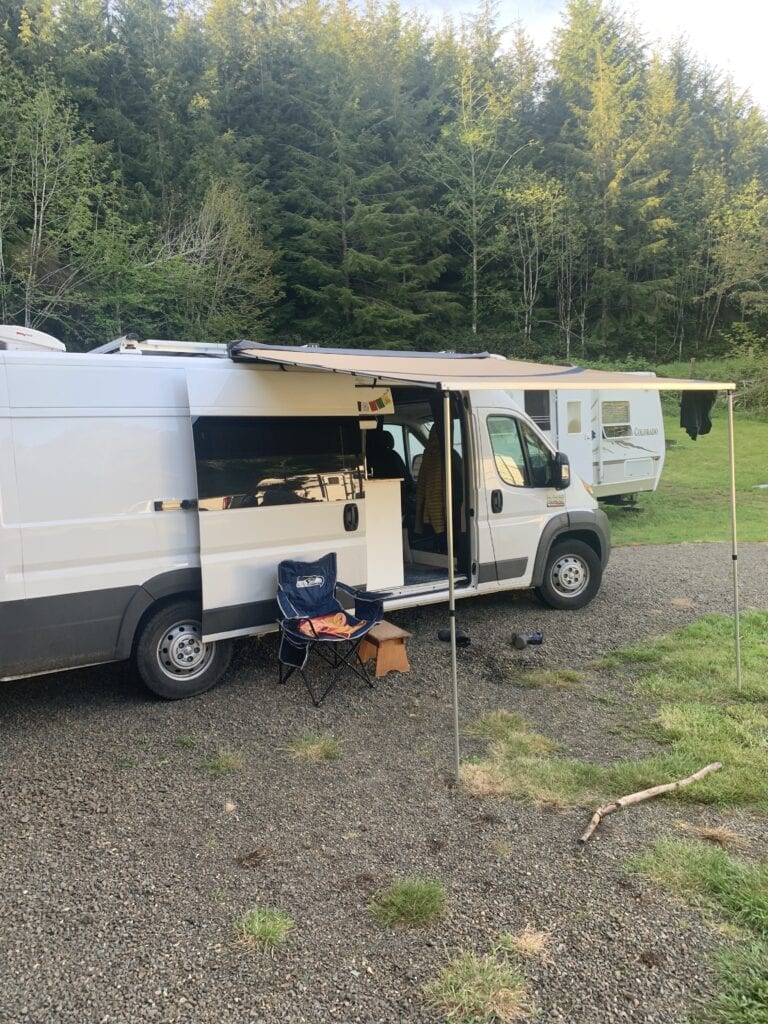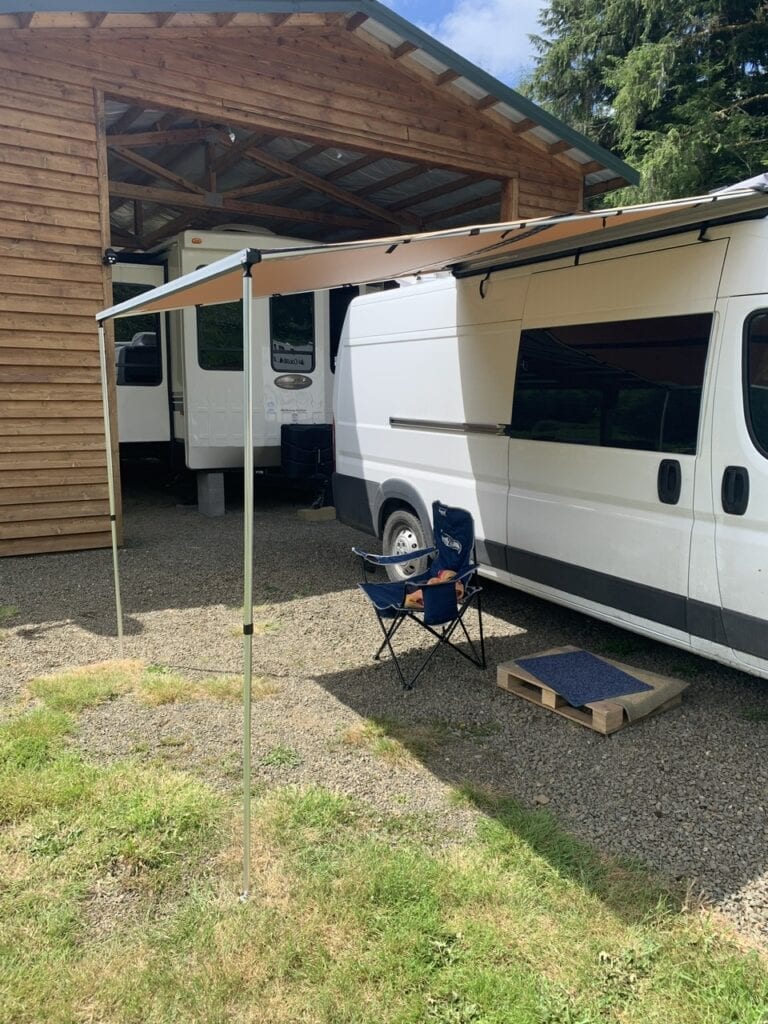Living in a van or RV can be as comfortable as living in a house if you have the right tools at your disposal. It makes sense to have access to a refrigerator, it’s convenient and keeps your costs down by giving food a longer shelf life. Most importantly, it will keep your beer cold until it’s time to drink. So, what are your options for a portable fridge in your rig?
Some people simply use a cooler box with ice. A 12v cooler will plug into your cars cigarette lighter and keep your produce cool. A big portable fridge freezer will have more room but at what cost to your battery or solar power?
We will dive into the icebox and give you all the details about the array of different options so you can decide what is the best portable refrigerator to suit your needs.
Initial Considerations When Picking Your Fridge/Freezer
Decide on what type of portable fridge you need based on a few considerations;
- The number of people using the fridge.
- The length of time it will be used and the kind of food you need to keep cool. For example, there is little point running a large power-hungry fridge if you are a solo weekend traveler and prefer to eat out.
- The space available in your kitchen for the fridge and the average temperature of the places you will be travelling to.
- Budget. You can go as cheap as a $20 cooler box or as expensive as a $1,000 portable 12v fridge freezer.
Here in Ireland we don’t need a fridge because for most of the year the whole country feels like a fridge! We can store our cooler on the driver’s seat or outside the van at night with no fear of bears. Others may not be so lucky.
So, what are the options for your style of travel, your budget and your rig?
OPTION 1 --- No Fridge
The cons of not having a fridge are pretty obvious… in that you, well, have no fridge. If you choose not to have a portable refrigerator, then most likely you are a weekend warrior who spends time in their van in short bursts rather than living full time on the road. Having no fridge is no big problem for a few days.
Pro’s of having no fridge
- No drain on your battery or solar panel
- Let the store worry about refrigeration, buy chilled produce as you need it
- No fridge takes up no space in your already tiny kitchen.
Con’s of having no fridge
- Less cold food, less chilled beer
- More trips to the grocery store
- More reliance on nearby businesses
- Limits the kinds of food you can carry
- Makes having leftovers hard
If you don’t eat a lot of dairy or meat and just need to keep a few beers chilled until the evening, the battery saving option of having no fridge might be for you. You can park near a stream, tie your bottles to a tree and let nature do the work. Or, you could just buy food that doesn’t require much (or any) refrigeration.
For the coffee aficionados among us, there is no need to go without your morning fix just because you have no fridge. Use UHT, powdered milk, or a substitute like soya or oat milk which won’t spoil as quickly. Read all about how to brew the perfect cup of camping coffee here:

The Vanfocused Guide to Camp Coffee & Best Camping Coffee Makers
Whether you’re in a tent, RV, or camper van, we discuss the best ways to enjoy a great cup of coffee while camping.
OPTION 2 --- Cooler Box & Ice Ice Baby
A really quick solution for overnight trips or short weekends in your campervan or RV, pick up a cooler box, stuff it full of ice and go! Freeze 1 L water bottles in advance of your trip to line the box and keep the food chilled, these can be drinking water to take on hikes when they defrost.
Simple and lightweight when empty, the cooler box can replace a portable fridge for short term. They are not designed to freeze food or keep food frozen, but they will hold a lot of items and keep them cool. They are waterproof and durable enough for the rigors of van life or camping.
Ultimate Budget Option
Coleman Performance Cooler (48 Quart / 63 Beers)
This ice chest cooler is a frequent sight in campgrounds across the world. It’s simple, functional, and cheap. It has a drain spout located at the bottom. Although this model doesn’t have them, you can find these portable coolers with wheels, which make them easier to transport.
Heavier Duty Cooler
REYLEO Camping Cooler (25-52 Quart / 36-60 Beers)
This Igloo ice chest really looks the part and promises to keep ice frozen for 3-5 days! This one is leakproof with sturdy latches and very very very durable! I mean, it claims to be virtually indestructible, but I will let you be the judge of that. Van life can be cruel on appliances!
OPTION 3 --- 12v Portable Cooler Fridge
12v portable refrigerators are great for car camping, RV living, van life, off-roading, and even on a boat. These top-loading cooler boxes can be plugged into a cigarette lighter, wired into a 12v or 24v system and some even can be plugged into an everyday 120v or 240v house plug.
Top-loading portable fridges are more energy efficient than their front loading counterparts. This is simply due to the fact that cold air sinks and warm air rises… so when you are digging around within the fridge, the cold air doesn’t escape like it does in a more traditional fridge.
These chest-like refrigerators are also nice because they can be put in spots where other refrigerators cant. A lot of people like to put them under a bench or have them pull out from under their beds.
The Best Dometic Portable Refrigerators
Small Footprint
Dometic CFX3-35 12v Electric Powered Cooler, Fridge Freezer (36L / 50 Beers)
This tiny cooler fridge is built durable for rugged outdoor use. Like most of these portable fridge/freezers, it can run off of AC or DC making it perfect to toss in your truck, camper, or overlanding vehicle. all of Dometic’s CFX models can be paired with an app on your phone allowing you to monitor and control the temperature settings. Although this fridge doesn’t have dual zone like the one below, it can reach temperatures of -7°F.
Largest Capacity
Dometic CFX3-95DZ 12v Electric Powered Cooler, Fridge Freezer (94L / 133 Beers)
Well, technically there is one size larger than this 94L beast… but it’s only 5 liters larger and doesn’t have a freezer section, so I chose this one. It has all the bell’s and whistles that the other CFX models have, like the bluetooth/wifi connection to their app, ability to run off of AC or DC, and super rugged construction. This one is also a dual section fridge, so you can have both a fridge and a freezer (as opposed to one or the other).
Middle Ground
Dometic CFX3-55IM 12v Electric Powered Cooler, Fridge Freezer (55L / 87 Beers)
We think this Dometic 12v portable fridge is a good middle ground. The CFX-55IM is 55 Liters, which should be plenty for most people’s needs. Just like the other CFX models, this has all the same kind of specs. The one difference in this 55IM fridge model is that it has a Rapid Freeze Plate. So even though it’s not a dual-zone fridge/freezer you can still freeze things on the freeze plate. It even can make ice in a matter of hours.
The Best Alpicool Portable Refrigerators
Small Footprint
Alpicool C20 (21 Quart / 25 Beers)
The Alpicool is another popular name and has a great design and functionality. It looks like a fridge, with 25L capacity and can run as a fridge OR a freezer. The LED control helps you increase or decrease the temperature or change between modes. It runs on 12v/24v, plugs into your cigarette charger port and promises the motor runs quietly. It also comes with an AC adaptor allowing it to run off 120v/240v. A very cool addition to the van kitchen!
Big Boy Dual Temperature
Alpicool T60 Dual Temperature (63 Quart / 78 Beers)
This is Alpicool’s “big boy” portable 12v fridge freezer. Like most the other models that Alpicool has, this one can be ran off 12v/24v and has an adaptor for 120v/240v. What makes this portable fridge special, however, is not just it’s size… it is dual temperature. This means that it can be both a refrigerator and a freezer at the same time!
The Best ARB Portable Refrigerators
Overall Best ARB Fridge
ARB Fridge/Freezer (50 Quart / 65 Beers)
ARB has their standard flagship model that ranges in a variety of sizes from 37 quarts to upwards of 82 quarts. They have the ability to refrigerate or freeze, but not both at the same time on these models. The 50quart model is a nice happy spot and should contain plenty of room for all of your kitchen needs.
Largest Capacity and Dual Zone!
ARB Zero DZ Fridge/Freezer (73 Quart / 108 Beers)
Another line of portable fridge/freezers produced by ARB is the Zero. Like most all of the fridges listed on this article, the Zero can be charged from AC or DC. One bonus this model has is that it contains a USB charger for your phones or other small electronic devices. Unlike the above mentioned ARB model, the Zero does have Dual-Zone (DZ) options, meaning you can run both a fridge AND a freezer at the same time… with the correct model of course.
Other 12v Portable Fridges
Koolatron P25 Portable Electric Cooler (26 Quart / 31 Beers)
These slim and sturdy Koolatron 24L cooler boxes are made from strong wipe-clean plastic and were designed to fit between the seats of a minivan or into tight cargo spaces. Perfect for picnics, hiking and car camping or anywhere you need to go. The iceless thermoelectric technology keeps cold food colder for longer than an icebox and can even warm up to 57C! Easy to use and with 12V adaptor and strong handle, the Koolatron is a reliable cooler box which won’t take up much room in your mobile kitchen.
OPTION 4 --- The Mini Fridge
Some people do not like top-loading portable fridges. They can be difficult to find things that are buried deep in the bottom. They also can be hard to fit into a stationary home inside a van, boat, RV, or camper. That is where a 12v mini fridge will shine. These mini refrigerators are staples in dorm rooms across the country.
The Best 12v Mini Fridges for Van Life
Small Footprint
AstroAI Mini Fridge 12v or AC Powered Mini Fridge (4 Liter / 6 Beers)
These AstroAI mini fridges are countertop sized, they run off your 12V charger and take up little room. Although they are small the inside is fully customizable to make the space work for you and your ingredients. Mini fridges don’t contain any refrigeration fluids or a compressor making them a safer option. I love the black glossy finish; it looks like a fridge should! Fully portable with a carry handle, perfect for a weekend jaunt to the wilderness.
Largest Capacity
SMETA RV Mini Fridge 12v/110v (Various Sizes)
SMETA makes RV Mini Fridges that run off both 12v or 110v. They have a cigarette lighter adaptor for easy use in a vehicle and come in several different sizes ranging from 1 cubic foot to 1.6 cubic feet (that’s 28 – 45 liters). This is the type of portable refrigerator that most people think of when they think of RV or van fridges.
Middle Ground
Dometic CRX1050E AC/DC Portable Mini Fridge (50 Liter / 80 Beers)
This Dometic 12v/AC portable fridge is a great option for campervans, RV’s, trucks, or any other situation. It has an awesome capacity at 50 Liters. It’s portable, durable, and looks amazing with it’s sleek silver finish. However, this one comes with a hefty price tag.
Refrigeration Considerations
If you like to cook in bulk for the carefree days ahead, consider a pack of meal prep freezer boxes to keep your dinners fresh. Stackable and easy to wash, they are lightweight and versatile, perfect for picnics, packed lunches and storing sauces, casseroles or any camping kitchen creations.
Never throw away leftovers again!
What type of refrigeration are you rocking in your rig? Cooler box, 12V portable fridge or solar powered chest freezer? No fridge and no need for one? Leave a comment below and let us know what works for you and why!
